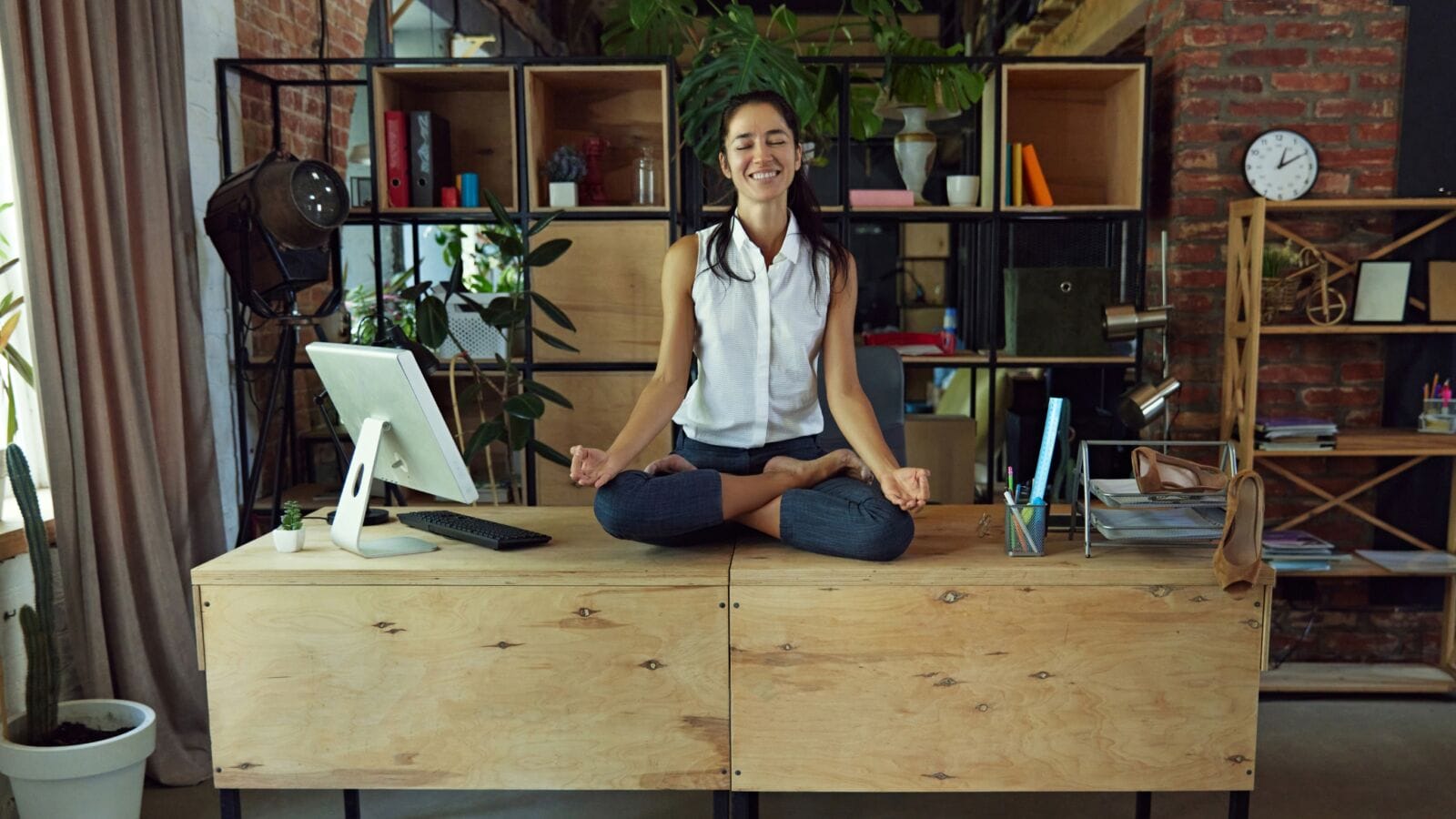Stress levels are soaring in our hyper-connected world. As people scramble to find relief, a new wave of tech-powered relaxation tools has emerged to answer the call. From smart gadgets to immersive digital experiences, the wellness tech revolution is changing how folks unwind after a long day. This blending of cutting-edge technology with age-old relaxation needs represents one of the most exciting developments in the self-care space.
MORE NEWS: Phoenix bucket list: 25 things you must do
Why Tech-Based Relaxation Tools Are Booming
The numbers tell the story: people are desperate for better ways to chill out. A shocking trend has been uncovered by new industry studies: relaxation beverages alone could hit $1.3 billion by 2030, expanding at a whopping 15.2% per year from 2022. Not only is that significant, but it also reflects a fundamental shift in consumer priorities.
Ilana Orlofsky of Imbibe observed something really intriguing: items that are both relaxing and energetic are becoming more and more popular at the same time. It’s like people are seeking balance through opposites: a morning boost followed by evening wind-down routines, all supported by specialized products.
Speaking of specialized products, the natural relaxation market has expanded dramatically. Companies like MagicVaporizers have carved out a niche providing devices specifically designed for aromatherapy and herbal enjoyment. Their popularity shows how consumers increasingly prefer tech that enhances natural relaxation methods rather than synthetic alternatives.
AI Gets Cozy With Your Relaxation Routine
The coolest development might be how AI is personalizing relaxation experiences. Remember when relaxation apps were just timers with nature sounds? Those days are gone.
AI That Grows With You
Then there’s “Guided AI” – an app that’s almost spookily intuitive. Unlike old-school relaxation tools that stay static, this digital buddy evolves as it learns about you. Had a rough day? It notices your tense typing and suggests a specific breathing exercise that worked well for you last Tuesday. This personalization makes traditional relaxation methods seem prehistoric by comparison.
Taking Relaxation to Another Reality
Virtual and augmented reality have busted out of gaming and into the wellness space, creating experiences that weren’t possible just a few years ago.
Nature Escapes Without Leaving Home
Imagine being stuck in a tiny apartment during a rainy day but still getting to experience a peaceful forest walk.Researchers Kaleva and Riches discovered something fascinating about VR relaxation – when combined with ASMR (those tingly, relaxing sensations some people get from certain sounds), the relaxation effects multiply dramatically. The massive popularity of ASMR content online isn’t just a weird internet trend; it’s evidence that these sensory experiences genuinely help people unwind.
Gadgets That Read Your Body
BioCalmPro takes a different approach by using biofeedback. This clever device monitors your physical state and adjusts its approach in real-time. Getting more stressed? It switches techniques. Starting to calm down? It amplifies what’s working. It’s like having a massage therapist who can feel exactly which knots need attention.
Wearables That Watch Your Stress
Fitness trackers have grown up and expanded their resume to include stress management.
Beyond Step Counting
Modern wearables pack impressive tech into tiny packages. Today’s devices don’t just track steps; they monitor heart rate variability, blood oxygen, and even electrical skin conductivity. These metrics reveal your stress levels with surprising accuracy, often detecting tension before you consciously recognize it yourself.
Your Wrist Knows When You’re Stressed
The really valuable part is how these devices connect the dots between physical signals and emotional states. Your smartwatch might notice that your heart rate variability drops every Tuesday afternoon (hello, weekly status meeting), then suggest a brief meditation before you head into that stress trigger. For sleep – arguably the ultimate relaxation activity – these devices track quality, cycles, and disturbances, helping pinpoint exactly what disrupts your rest.
Sound Gets Scientific
Sound therapy has moved way beyond whale songs and rainfall tracks.
Audio Engineering Meets Neuroscience
Today’s sound therapy apps employ serious acoustic engineering. Companies like Brain.fm have sound scientists who craft audio specifically designed to induce relaxation states. They’re not just making pleasant sounds; they’re creating soundscapes that actually influence brain activity.
Apps like Calm have popularized this approach, using precisely engineered audio frequencies to guide brainwaves toward relaxation. It’s like someone found the musical cheat codes to your nervous system.
What’s Next in Relaxation Tech
The future looks fascinating for relaxation technology. Here’s what’s brewing:
Ultra-Personalized Approaches
Tomorrow’s relaxation tech will likely be even more customized. Imagine a relaxation system that factors in your genetics, daily schedule, stress triggers, and past response patterns to create a completely unique approach just for you. Early versions of this tech are already emerging.
Part of Your Health Picture
Relaxation tools won’t stand alone for long. They’re increasingly connecting with other health systems – your doctor’s records, fitness apps, nutrition trackers – creating a complete wellness ecosystem. This integration means better coordination between all aspects of health care.
Reality-Bending Gets Better
VR and AR technology improves unbelievably fast. Future relaxation spaces will be almost indistinguishable from real life, with haptic feedback and environmental factors that will make existing systems look primitive in comparison.
The Bottom Line
The union of technology and relaxation is not a fleeting trend. It is a paradigm shift in the way individuals manage stress. From AI-powered personalization to virtual environments, these technologies are rendering relaxation more efficient and accessible than ever.
As the technology keeps advancing at breakneck pace, the prospects look limitless. One thing for sure is that relaxation tools driven by technology are evolving from gimmicks to indispensable parts of contemporary well-being practices. For harried individuals everywhere, that’s excellent news, to say the least.




